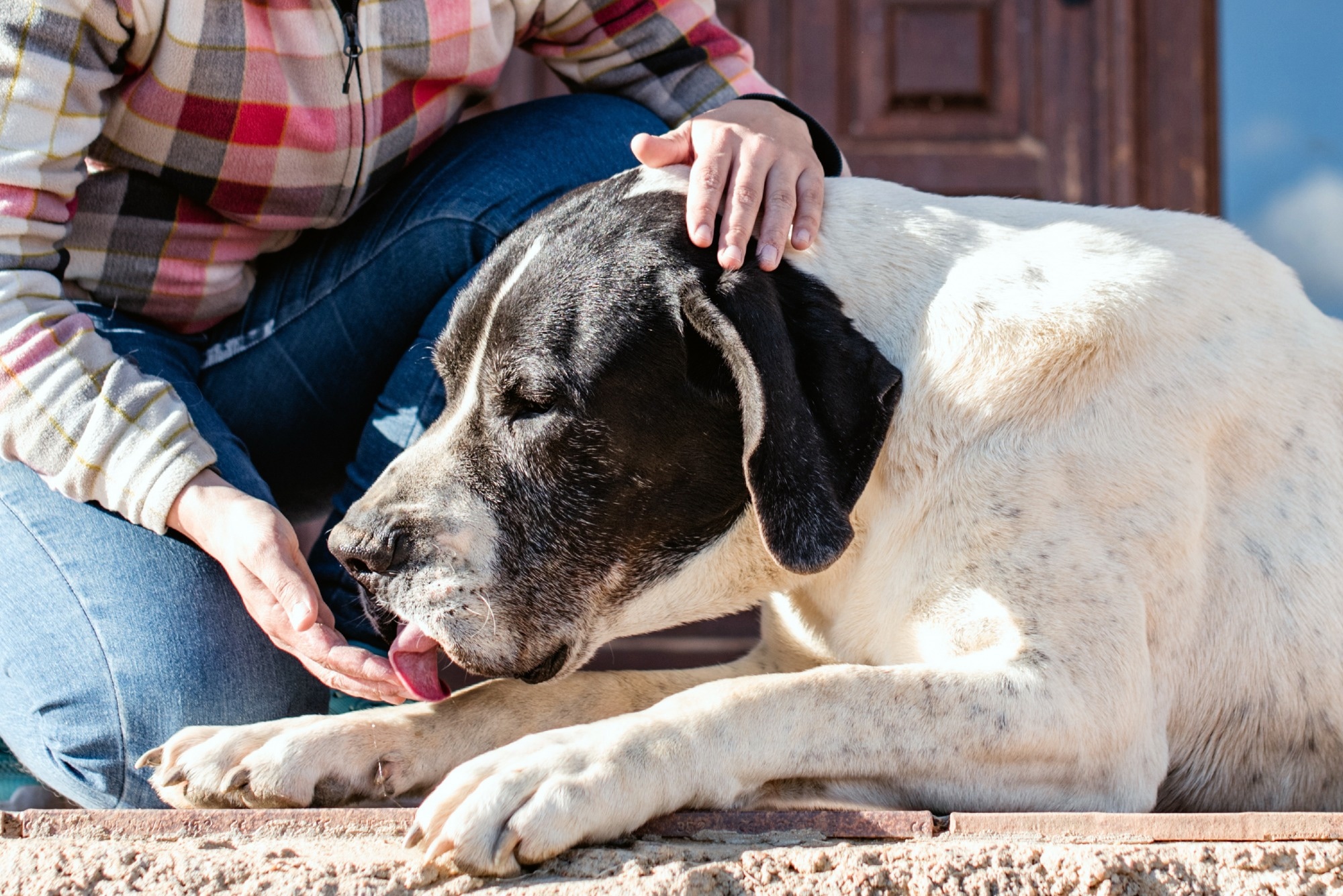A recent study published in Research in Veterinary Science assessed the possible association of severe acute respiratory syndrome coronavirus 2 (SARS-CoV-2) load in owners with SARS-CoV-2 infection in their pet dogs.

Background
Although SARS-CoV-2 is a human infection, studies have reported its cases even in domesticated animal species, including dogs and cats. De Morais et al. found that SARS-CoV-2 infection in dogs with or without clinical symptoms was associated with close owner interaction (e.g., kissing dogs or sleeping in the same bed). However, dogs are not so susceptible to infection even when exposed to SARS-CoV-2-infected humans.
About the study
As part of the multicenter study, researchers in the present study assessed the potential association of owner viral load with SARS-CoV-2 in dogs. They examined 20 SARS-CoV-2-positive pet owners from 13 families in Curitiba, Brazil, between October 2020 and June 2021. These dog owners tested SARS-CoV-2-positive by quantitative reverse transcription-polymerase chain reaction (RT-qPCR) assay.
The team handed over an epidemiological questionnaire to all the dog owners. A certified veterinarian collected oropharyngeal and rectal swabs from all dogs. He also collected their blood samples for serology testing on day zero of the study and after seven days.
The researchers used a pre-specified probe-based genotyping system developed by Vogels et al. for a more in-depth probe of SARS-CoV-2-positive dog households. It helped them distinguish infections by B.1.1.7, B.1.351, P.1, wild type, and other SARS-CoV-2 lineages using a dropout scheme for spike (S) Δ69–70 and open reading frame 1a (Orf1a) Δ3675–3677 deletions as an outcome. Further, the team used a magnetic bead enzyme-linked immunosorbent assay (ELISA) to verify the presence of immunoglobulin G (IgG) antibodies to SARS-CoV-2 proteins, nucleocapsid (N), and S in RT-qPCR-positive dogs.
The team used dog blood samples obtained before the pandemic as a negative control. They established the cutoff point by calculating the mean of pre-pandemic samples plus 3x standard deviation. Finally, they used Fisher's exact test to verify the association between the positive and negative results of SARS-CoV-2 in dogs and the qualitative variables of the epidemiological questionnaire; and the Mann-Whitney test to compare these results. These tests considered a bidirectional significance level (α) of 5%.
Study findings
The study presented the first five reports of naturally occurring SARS-CoV-2 infection in dogs notified to the Brazilian Ministry of Agriculture and the World Organization for Animal Health. Close contact with infected owners increased the likelihood of infection in dogs, especially with owners having higher SARS-CoV-2 load. Most pet infections were asymptomatic or self-resolving, as demonstrated in previous studies. However, in a rare case, a dog died because it had pre-existing severe chronic respiratory disease. In other rare cases, dogs with no clinical history also died, indicating that SARS-CoV-2 infection outcomes vary widely in dogs, just like humans, and need investigation.
The cycle threshold (CT) values reflecting viral load varied with the time of sample collection. Although SARS-CoV-2 ribonucleic acid (RNA) was detectable in dogs up to 31 days after the first positive test, viruses might be detected weeks or months after symptom resolution and remain non-infective. Moreover, studies are yet to establish the owner's role and transmission routes for companion animal infection over time.
The lower susceptibility of dogs to SARS-CoV-2 infection explains why SARS-CoV-2-negative dogs from SARS-CoV-2-positive owners had lower CT values. Even experimentally infected dogs showed no nasal and oral virus shedding, with transient presence in feces. Seronegative dogs of SARS-CoV-2-positive owners with lower CT values might also be due to early sera sampling of seven days instead of 14 days. Generally, seroconversion in dogs is late, with titers between 1:40 and 1:80 against receptor-binding domain (RBD) and S antigens at 14-days post-infection in experimentally infected dogs. Despite low sample numbers, the detection of SARS-CoV-2 in dogs was statistically significant. Also, SARS-CoV-2-infected humans had clinical signs, such as nasal discharge, cough, or diarrhea, and higher viral load (low CT values).
Conclusions
The study results raise awareness of human-to-dog infection risk, especially when they have closer interactions without protection. COVID-19-infected persons, particularly in households with multiple residents, should take the same preventive precautions with their dogs during self-isolation. It is important to note that dogs presenting mild clinical signs might be SARS-CoV-2-infected.
Further, the study highlighted the need for a One Health approach for a better understanding of the epidemiology, prevention, and control of SARS-CoV-2 transmission among different species. Researchers should pursue multidisciplinary and comparative research to understand SARS-CoV-2 transmission and prevent future pandemics, particularly the role of humans and animals in sharing the environment.
- Altina Brunade Souza Barbosa, Louise Bach Kmetiuk, Otávio Valériode Carvalho, et al. (2022). Research in Veterinary Science. doi: https://doi.org/10.1016/j.rvsc.2022.10.006 https://www.sciencedirect.com/science/article/abs/pii/S0034528822003253
Posted in: Medical Science News | Medical Research News | Disease/Infection News
Tags: Agriculture, Antibodies, Assay, Blood, Chronic, Coronavirus, Coronavirus Disease COVID-19, Cough, covid-19, Diarrhea, ELISA, Enzyme, Epidemiology, Genotyping, Immunoglobulin, Pandemic, Polymerase, Polymerase Chain Reaction, Receptor, Research, Respiratory, Respiratory Disease, Ribonucleic Acid, RNA, SARS, SARS-CoV-2, Serology, Severe Acute Respiratory, Severe Acute Respiratory Syndrome, Syndrome, Transcription, Veterinary, Virus

Written by
Neha Mathur
Neha is a digital marketing professional based in Gurugram, India. She has a Master’s degree from the University of Rajasthan with a specialization in Biotechnology in 2008. She has experience in pre-clinical research as part of her research project in The Department of Toxicology at the prestigious Central Drug Research Institute (CDRI), Lucknow, India. She also holds a certification in C++ programming.
Source: Read Full Article
